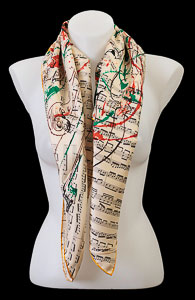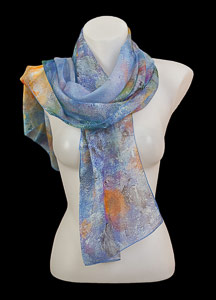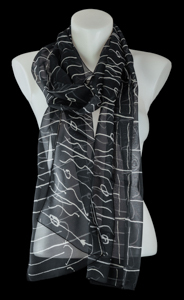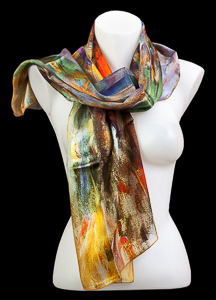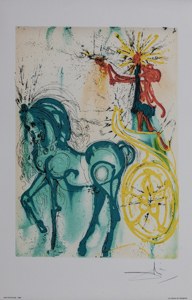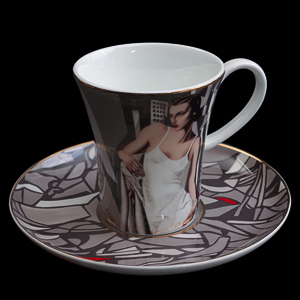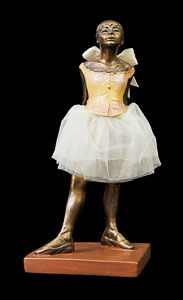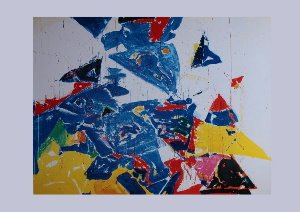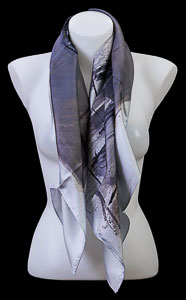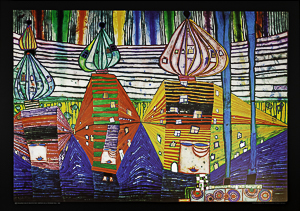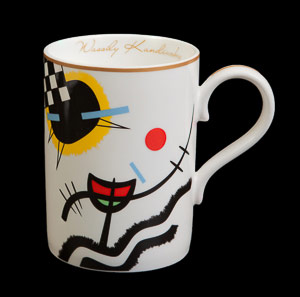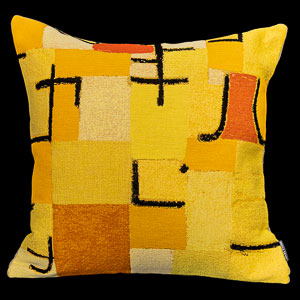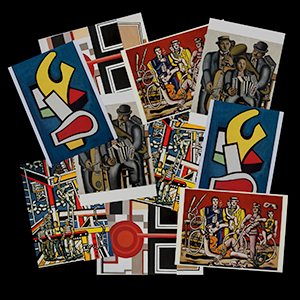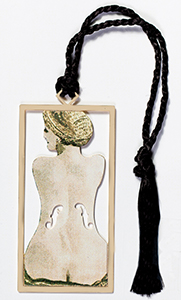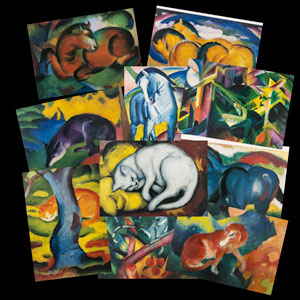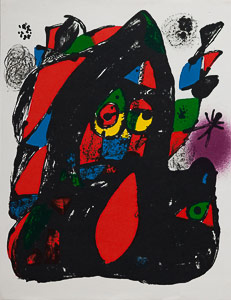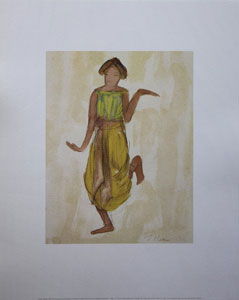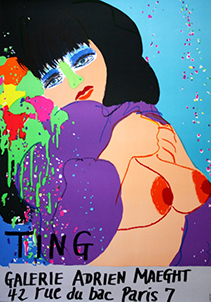Tel : (+33) 4 94 63 18 08
9am - 6pm from Monday to Sunday
Modern Art
Modern Art encompasses various artistic movements that share the common point of rejecting pictorial traditions to move away from "narration" (telling, painting reality) towards emotional expression, and even abstraction. It is a broad period that spans from the 1860s to the immediate post-war period (around 1950).
In art history, it is generally considered that Modern Art begins after Realism and is followed by Contemporary Art.
Among the movements usually categorized under the term Modern Art, we obviously find Impressionism which was the first movement to truly break away from traditional ways of painting reality.
Post-Impressionism, Symbolism, and Art Nouveau form the triumphant trio of the late 19th century, while the birth of Abstract Art (with pioneers such as Kandinsky, Delaunay, Malevitch, and Mondrian) marked a total revolution.
From then on, the aim was no longer to narrate reality but rather to explore what forms and colors juxtaposed could evoke emotions in the viewer. Following almost simultaneously were Fauvism, Expressionism, and Cubism.
In the inter-war period, De Stijl (Theo van Doesburg and Piet Mondrian), Surrealism, and the Bauhaus laid the foundations for a reflection that, while remaining pictorial, also became highly intellectual.
It is worth noting that the Modern Art period was also marked by the fact that art criticism became an important discipline, having a real presence in newspapers and often naming the various movements while also engaging in disputes that would become part of the history of painting!
After the war, Contemporary Art will emerge, but that's another story! Modern Art will have completely revolutionized painting over almost a century!





















































